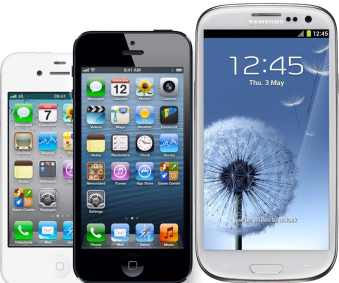Google Glasses reminds me of something Microsoft would have released in the early to mid 00’s. The idea has merit, but it strikes me as not being thought through properly. Think Windows XP Tablet PC Edition, or the Origami.
Yes it’s a cool idea to be able to see a computer screen on a pair of glasses, as well as take video from your personal perspective – but will people really want to a) wear glasses all the time (for this to make sense, you need to wear it every waking hour of the day) b) interact with other people who may or may not be busy using their glasses while you talk to them c) interact with people who may or may not be videoing you while you’re talking to them.
Just as people didn’t want to prod a Desktop PC interface with a stylus, I can’t see these glasses being accepted by the masses in their current form. I think the idea does have merit, and would love to see something less intrusive that somehow manages to overcome these social barriers.
Google adverts for the glasses are an example of your typical “geek trying to make themself look overly extroverted to make up for being a geek” syndrome. How many people go skydiving that often? How many people if they did would wear such an expensive pair of glasses? Most normal people (like me) whose daily routine doesn’t involve jumping out of a plane, walking down a catwalk or juggling with fire will struggle to find a use for such a device.
Still, kudos to Google for putting them out there, just as with the Tablet PC in 2002, someone else might just make it work by 2023. Also I admit I haven’t tried them, so I might yet be converted. Better start saving…
